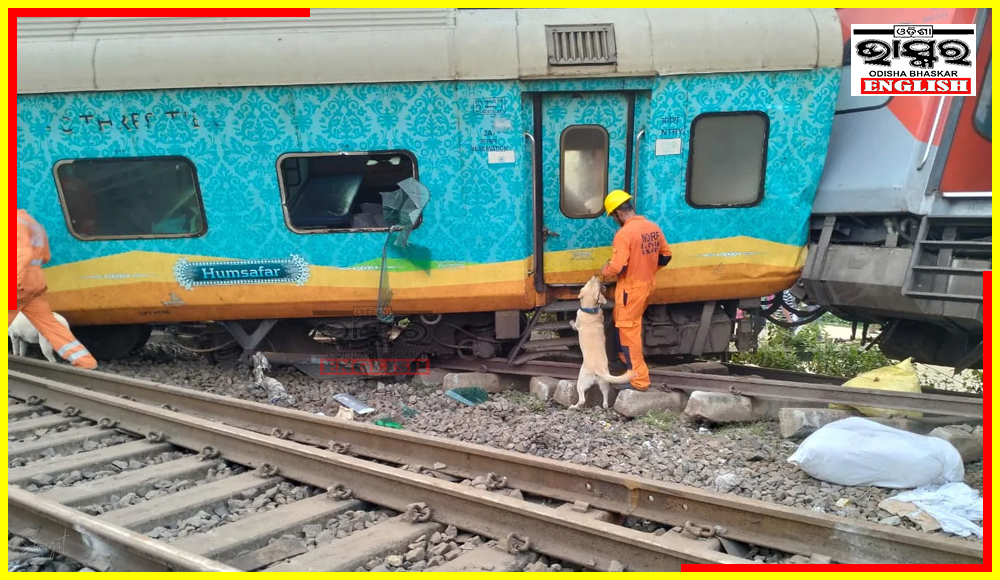Bhubaneswar: A month after the devastating Balasore triple train tragedy, which claimed the lives of 293 people and left over 1,000 injured, investigations have pinpointed human error within the signalling department as the main factor responsible for the accident. The Commissioner of Railways Safety (CRS) report dismissed the possibilities of sabotage, technical glitches, or machine faults. However, the Central Bureau of Investigation (CBI) is currently examining the potential for a criminal conspiracy.
As per reports, the CRS investigation has revealed negligence on the part of a few ground officials who failed to follow adequate safety procedures, especially after design changes were implemented three years ago due to safety concerns. Not only were the signalling department officials at fault but others who overlooked the design modifications were also highlighted. The Ministry of Railways is expected to take appropriate action against those responsible.
The central diagram failed to reflect the changes made to the circuit, and subsequent yearly inspections also failed to identify this issue. The investigation revealed the involvement of multiple individuals, with at least five people’s errors coming to light. The CRS report does not indicate sabotage, but the Railways has chosen not to release it publicly to ensure that the ongoing CBI probe remains uninfluenced.
The findings of the CRS report, along with the subsequent CBI report, will aid in the comprehensive revamp of Indian Railways’ safety systems. The Railways intends to adopt the best safety technologies used in the steel industry and implement proven railway safety systems from around the world. Anti-collision devices are being promoted to prevent errors by train drivers who rely on signals for speed control.
Additionally, ultrasound testing of tracks to detect microfractures has been prioritized for the past two years. Electronic relay systems are being considered for extensive use across the railway network to prevent similar accidents in the future. However, implementing such a system nationwide may take up to three years.




Comments are closed.